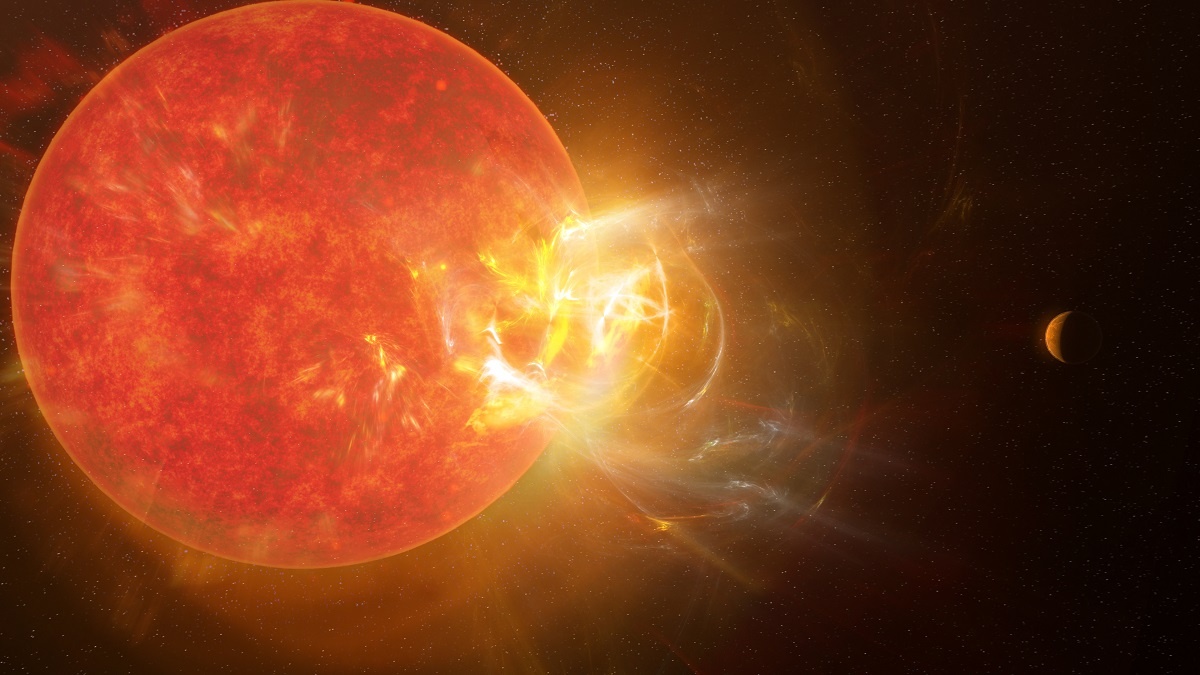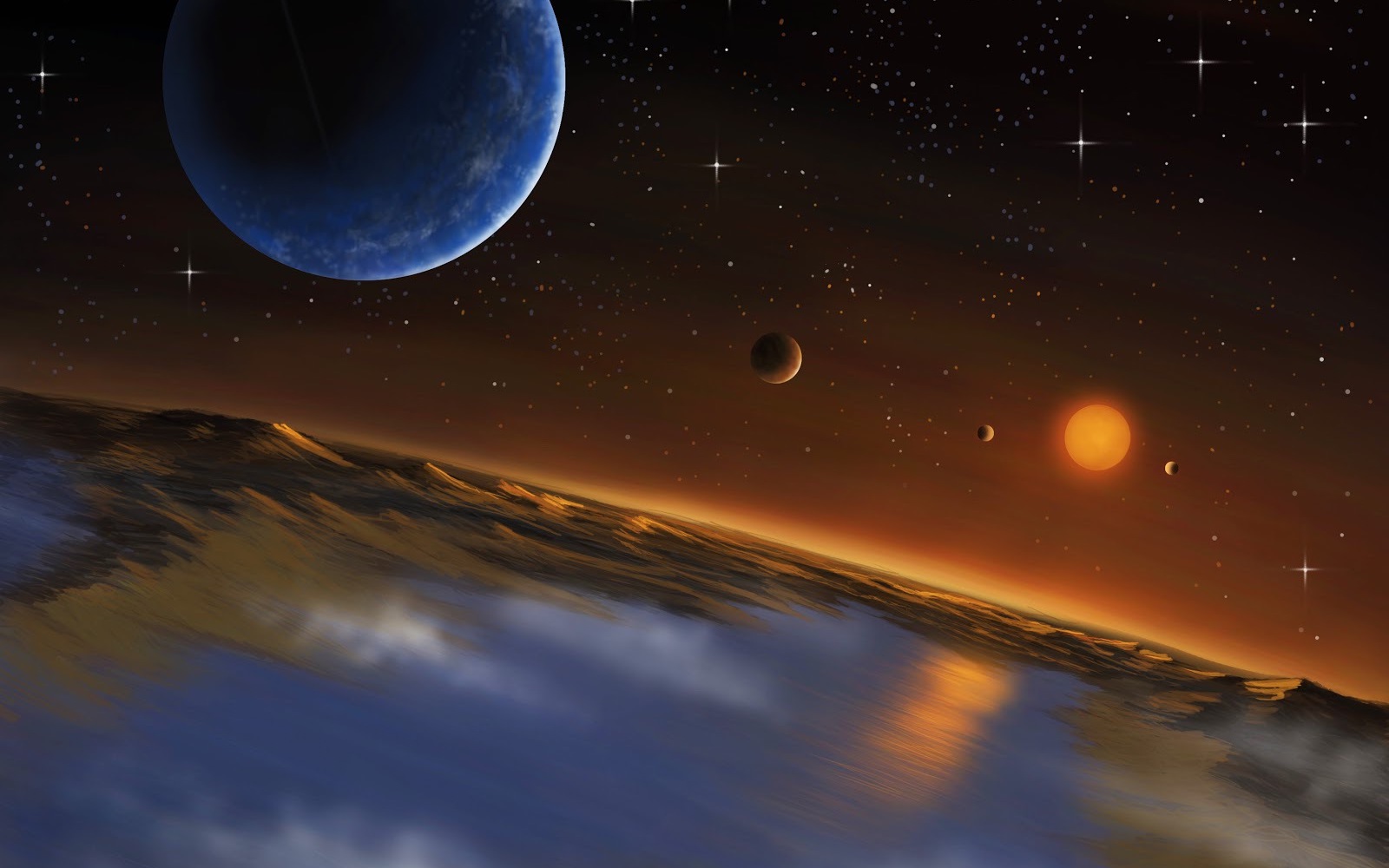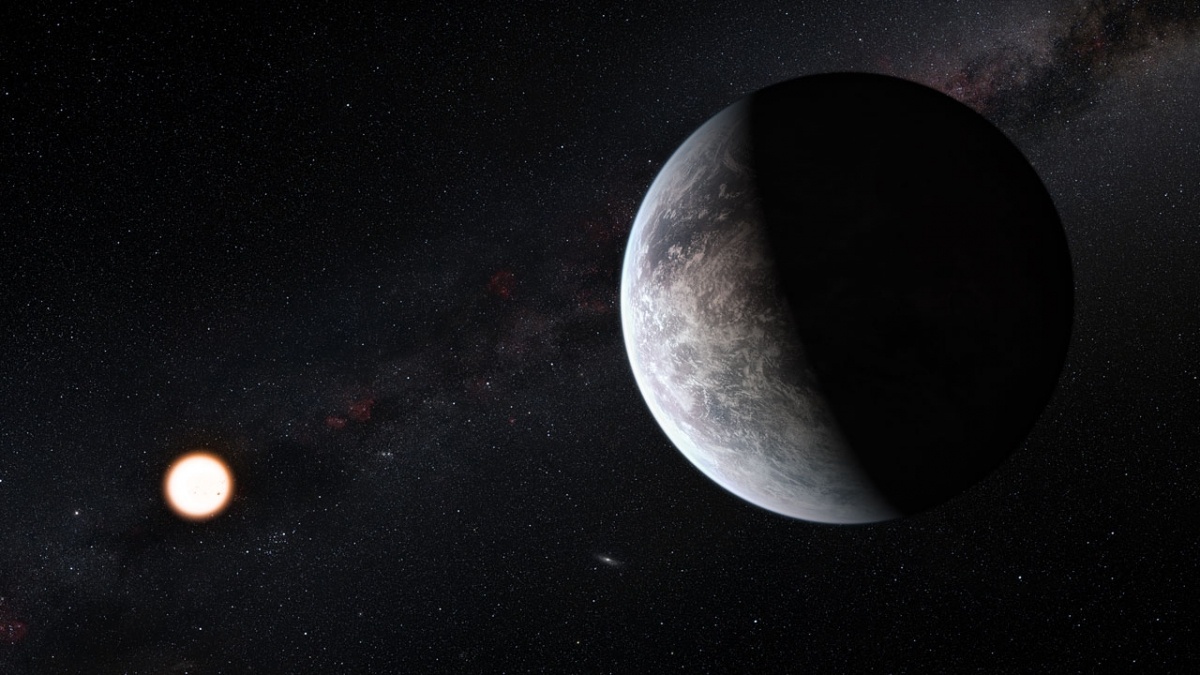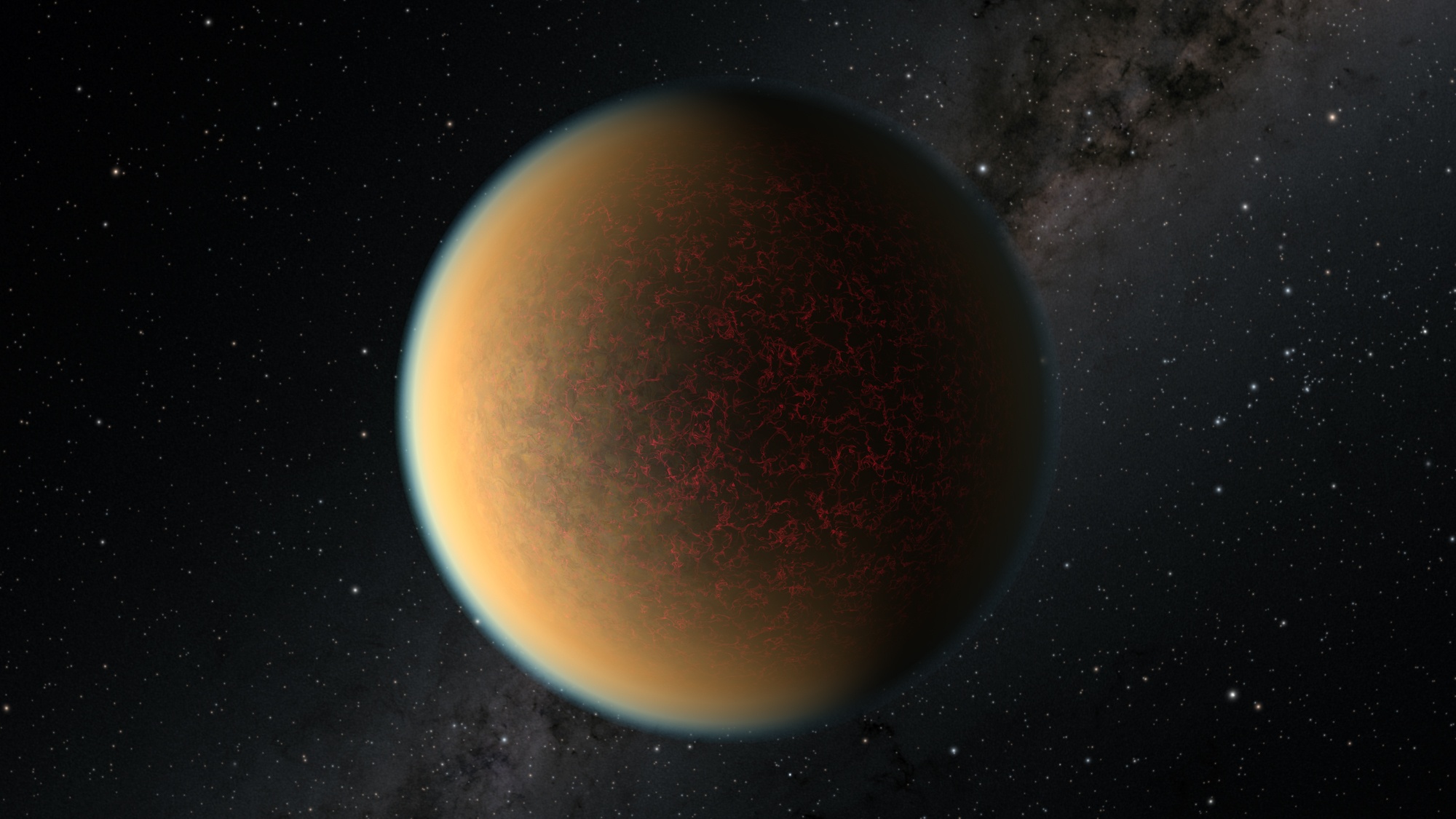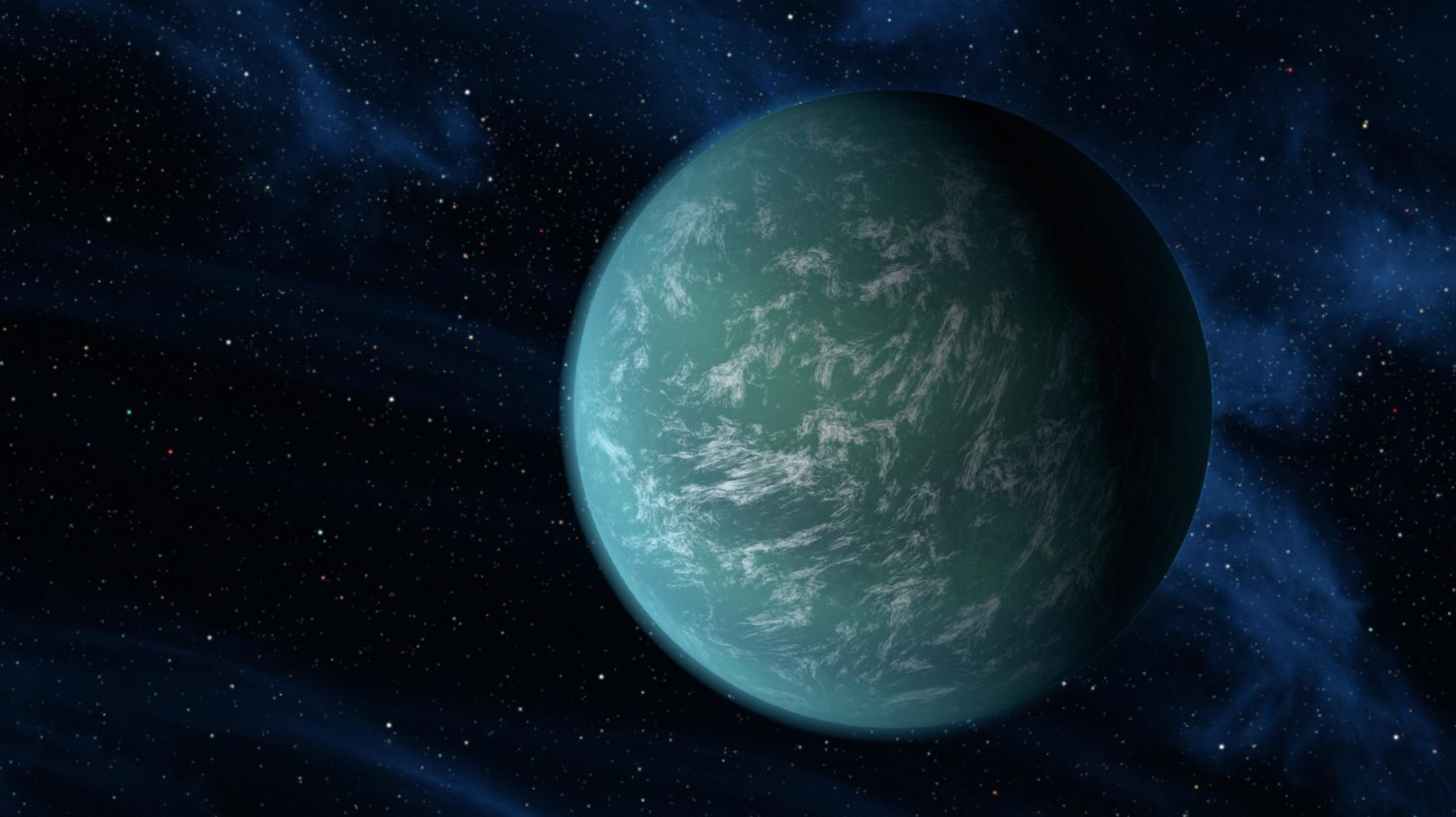Proxima b, the closest exoplanet to our Solar System, has been a focal point of scientific study since it was first confirmed (in 2016). This terrestrial planet (aka. rocky) orbits Proxima Centauri, an M-type (red dwarf) star located 4.2 light-years beyond our Solar System – and is a part of the Alpha Centauri system. In addition to its proximity and rocky composition, it is also located within its parent star’s habitable zone (HZ).
Until a mission can be sent to this planet (such as Breakthrough Starshot), astrobiologists are forced to postulate about the possibility that life could exist there. Unfortunately, an international campaign that monitored Proxima Centauri for months using nine space- and ground-based telescopes recently spotted an extreme flare coming from the star, one which would have rendered Proxima b uninhabitable.
Continue reading “A Recent Megaflare Shows that Proxima Centauri is not a Nice Place to Live”
